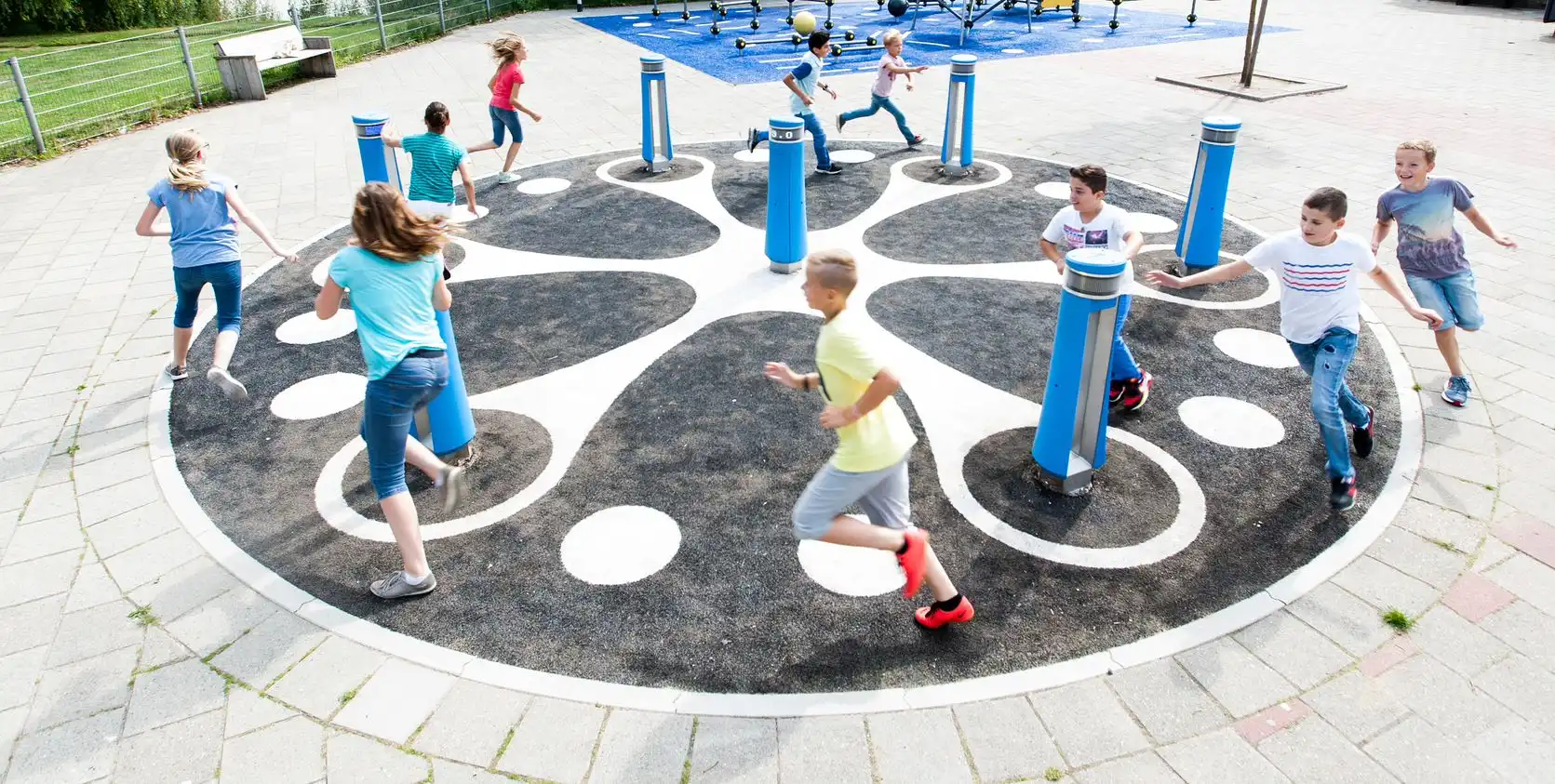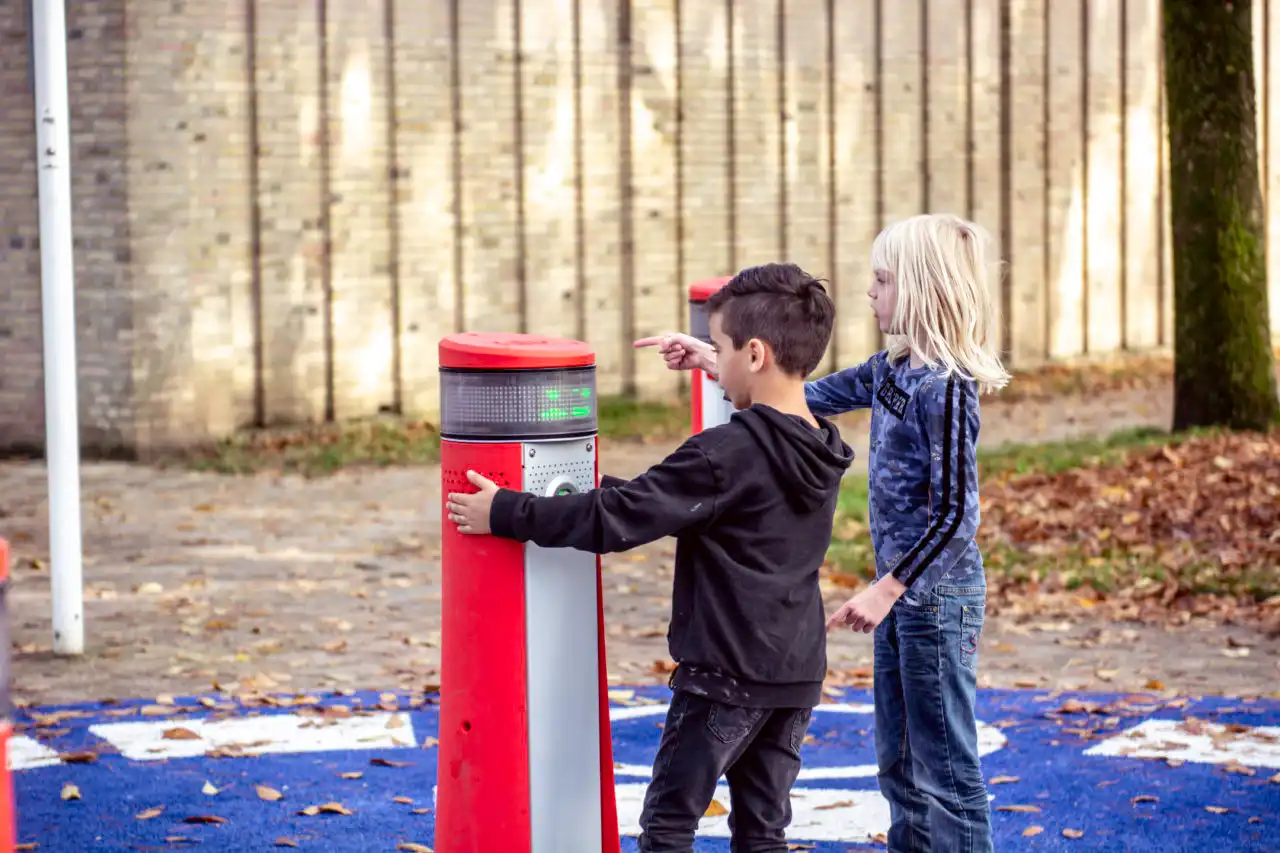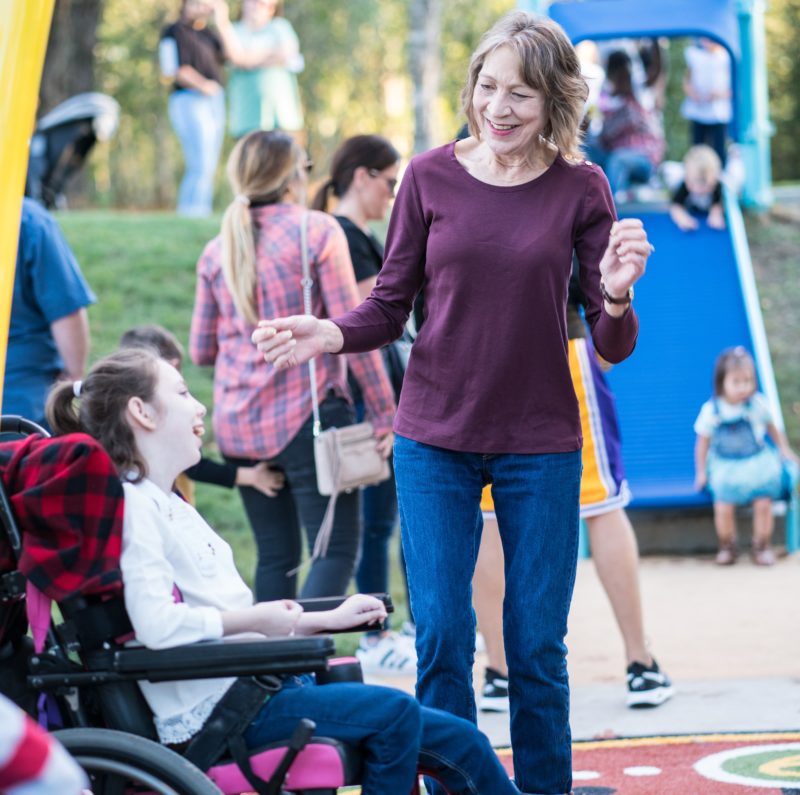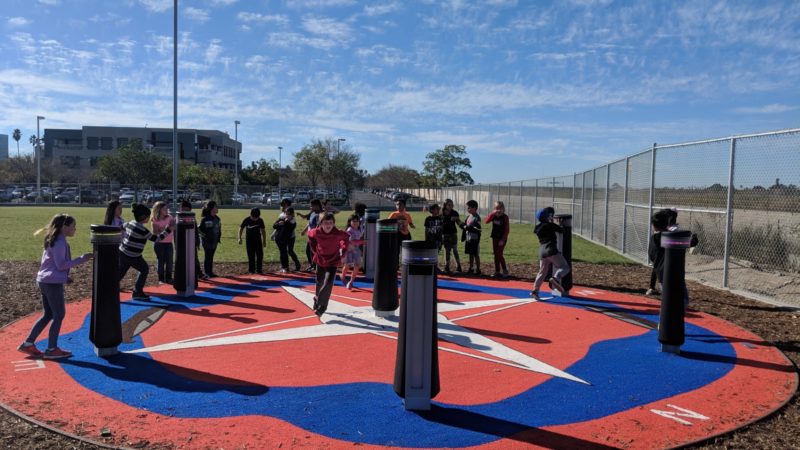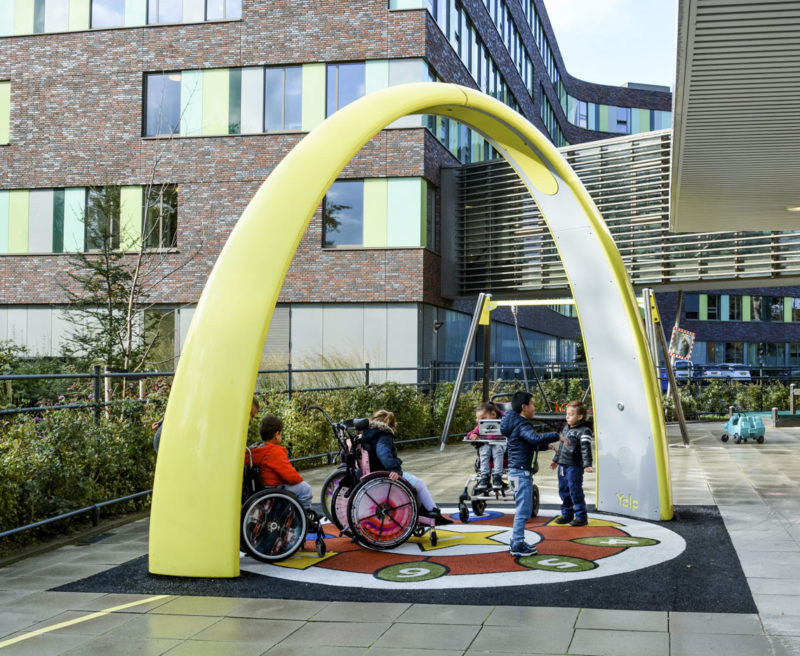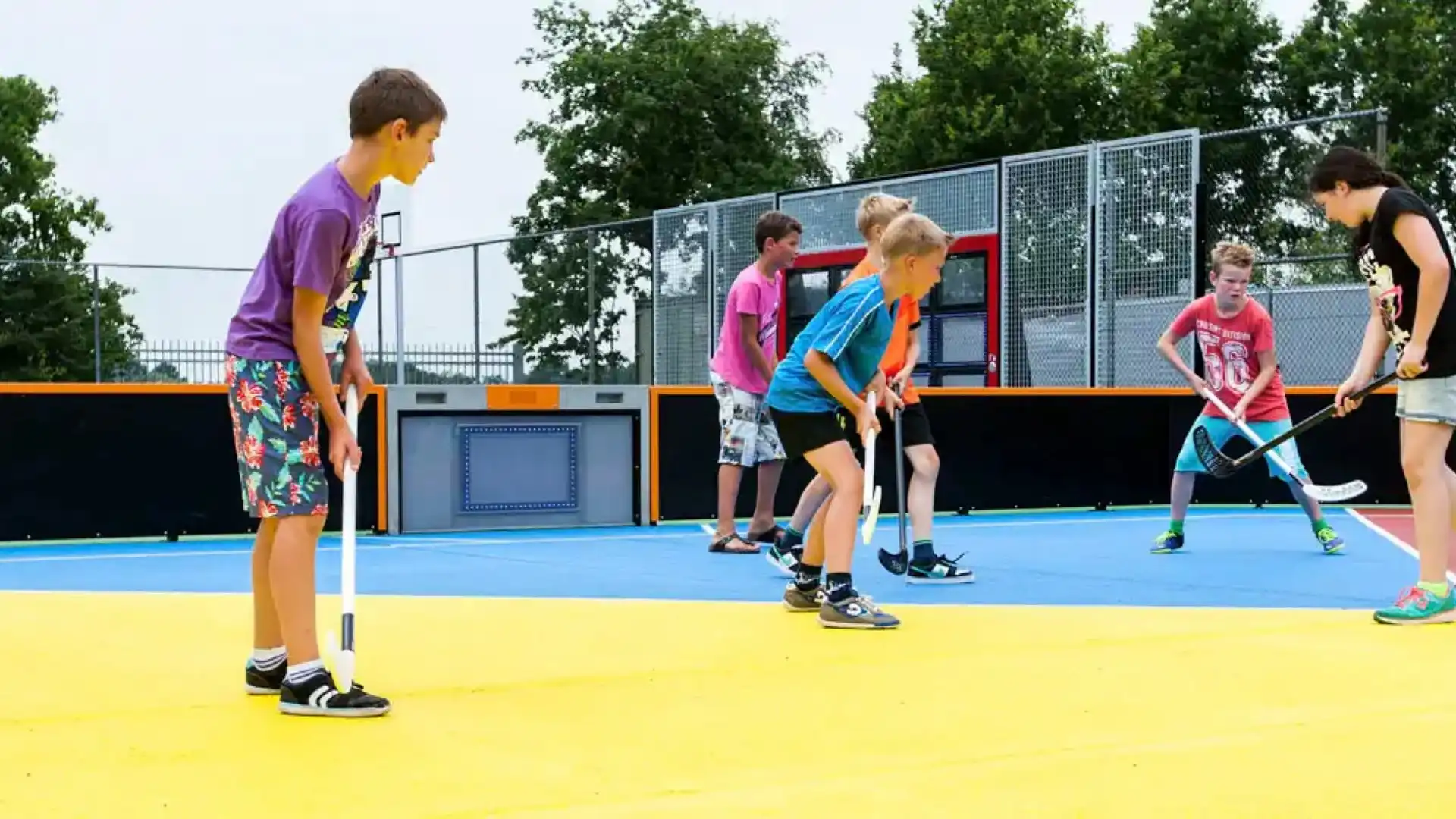How to resolve conflicts
With most competitive games, the quickest player or the player with the best tactic wins, but sometimes there is also a little luck involved with our interactives. Social play also teaches children to resolve conflicts. When playing the game Switch on the Yalp Toro Interactive sports arena, children each play with their own color (for example, they have to hit the goals with red LEDs).
Meanwhile, two minutes into the game, a voice suddenly calls out ‘switch,’ the goal suddenly changes color when you’re just about to score; this might create some amusing situations, and sometimes you might have to learn how to adapt, deal with disappointment, or resolve a conflict.
Form friendships by cooperating
Many activities on our interactives require children to cooperate. When playing the game ‘Memory’ on the Memo, preschoolers learn cooperative skills because they will remember more symbols by working together.
On the Sona, together, you might be able to recognize a more extended sequence during the ‘Codebreaker’ game, which allows you to enter a higher, more challenging level. Social play also teaches children to teach each other things. A preschooler might teach a toddler to recognize different colors by helping them stand on the correct shade when playing the Color game on the Sona.
